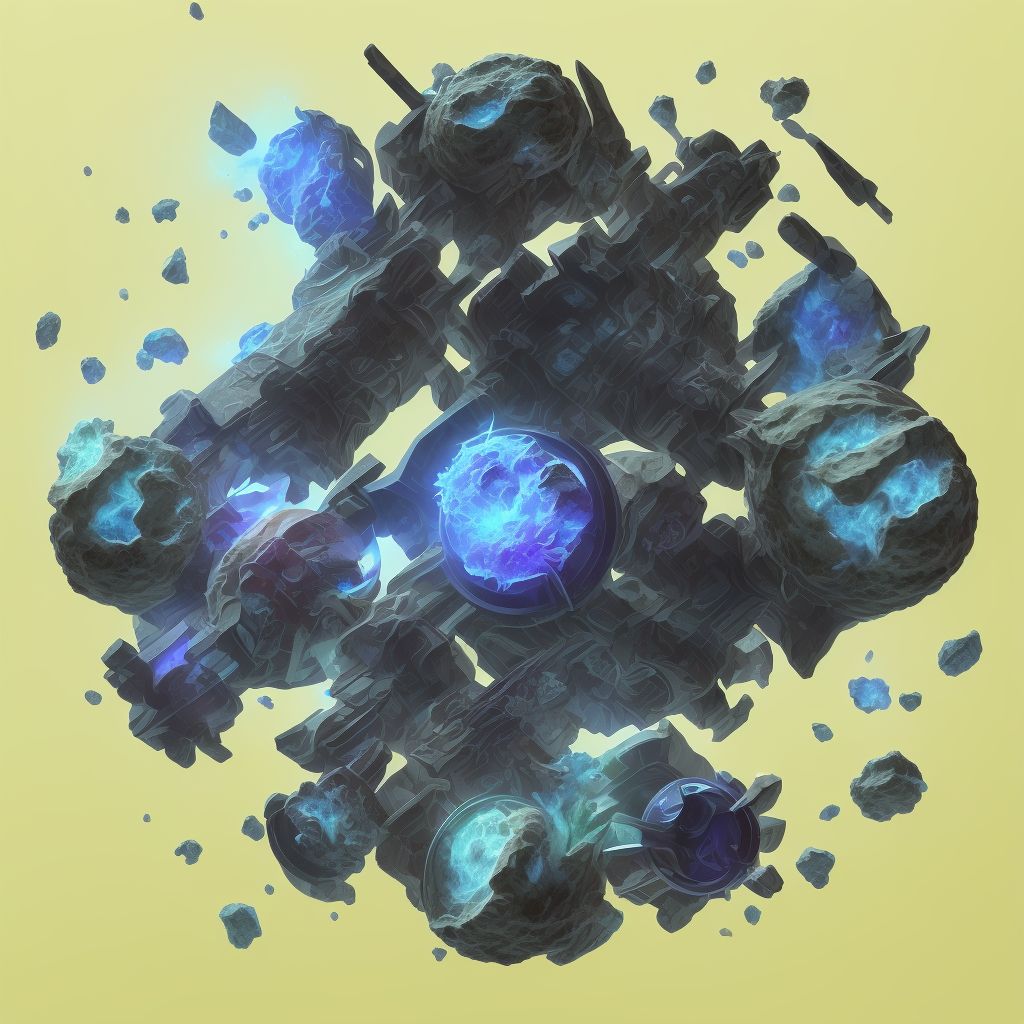
Nondisplaced transverse fracture of shaft of left fibula, subsequent encounter for open fracture type IIIA, IIIB, or IIIC with routine healing Save
ICD-10 code: S82.425F
Disease category: S82.425: Nondisplaced transverse fracture of shaft of left fibula
Nondisplaced Transverse Fracture of Shaft of Left Fibula: Understanding Open Fracture Type IIIA, IIIB, or IIIC with Routine Healing
A nondisplaced transverse fracture of the shaft of the left fibula is a specific type of fracture that requires attention and care. In some cases, this fracture may lead to an open fracture type IIIA, IIIB, or IIIC. Understanding the nature of these fractures and their subsequent encounters is crucial for proper management and healing.
When a nondisplaced transverse fracture occurs in the shaft of the left fibula, it means that the bone has broken horizontally without any significant displacement. This type of fracture is often caused by direct trauma or excessive stress on the bone. While it may not require immediate surgical intervention, it still needs proper medical attention to ensure proper healing.
In some instances, a nondisplaced transverse fracture of the left fibula can progress into an open fracture. Open fractures are characterized by the bone breaking through the skin, increasing the risk of infection and complicating the healing process. The severity of open fractures is categorized into three types: IIIA, IIIB, or IIIC. These classifications depend on the extent of soft tissue damage, the degree of contamination, and the presence of other associated injuries.
- Type IIIA: In this type of open fracture, the wound is less than 10 cm, and there is minimal contamination and soft tissue damage.
- Type IIIB: Type IIIB fractures have extensive soft tissue damage, high contamination, and require significant debridement and reconstruction.
- Type IIIC: The most severe type, IIIC fractures involve vascular injuries and require specialized vascular repair to restore blood flow to the affected area.
After the initial encounter and treatment for an open fracture type IIIA, IIIB, or IIIC, subsequent encounters focus on routine healing. It is essential to monitor the progress of the healing process, ensure the wound remains clean, and prevent any infection. Follow-up visits with healthcare professionals are necessary to evaluate the bone's stability, check for signs of complications, and provide appropriate guidance during the healing period.
In conclusion, a nondisplaced transverse fracture of the shaft of the left fibula can lead to an open fracture type IIIA, IIIB, or IIIC, which requires specific attention and care. Understanding the nature of these fractures, their classifications, and subsequent encounters is crucial for both healthcare professionals and patients. By providing proper management and routine healing, the chances of successful recovery and restoration of functionality can be significantly improved.
Treatment of Nondisplaced transverse fracture of shaft of left fibula, subsequent encounter for open fracture type IIIA, IIIB, or IIIC with routine healing:
Treatment Options for Nondisplaced Transverse Fracture of Shaft of Left Fibula, Subsequent Encounter for Open Fracture Type IIIA, IIIB, or IIIC with Routine Healing
When it comes to the treatment of a nondisplaced transverse fracture of the shaft of the left fibula, subsequent encounter for open fracture type IIIA, IIIB, or IIIC with routine healing, there are several options avail...
To see full information about treatment please Sign up or Log in